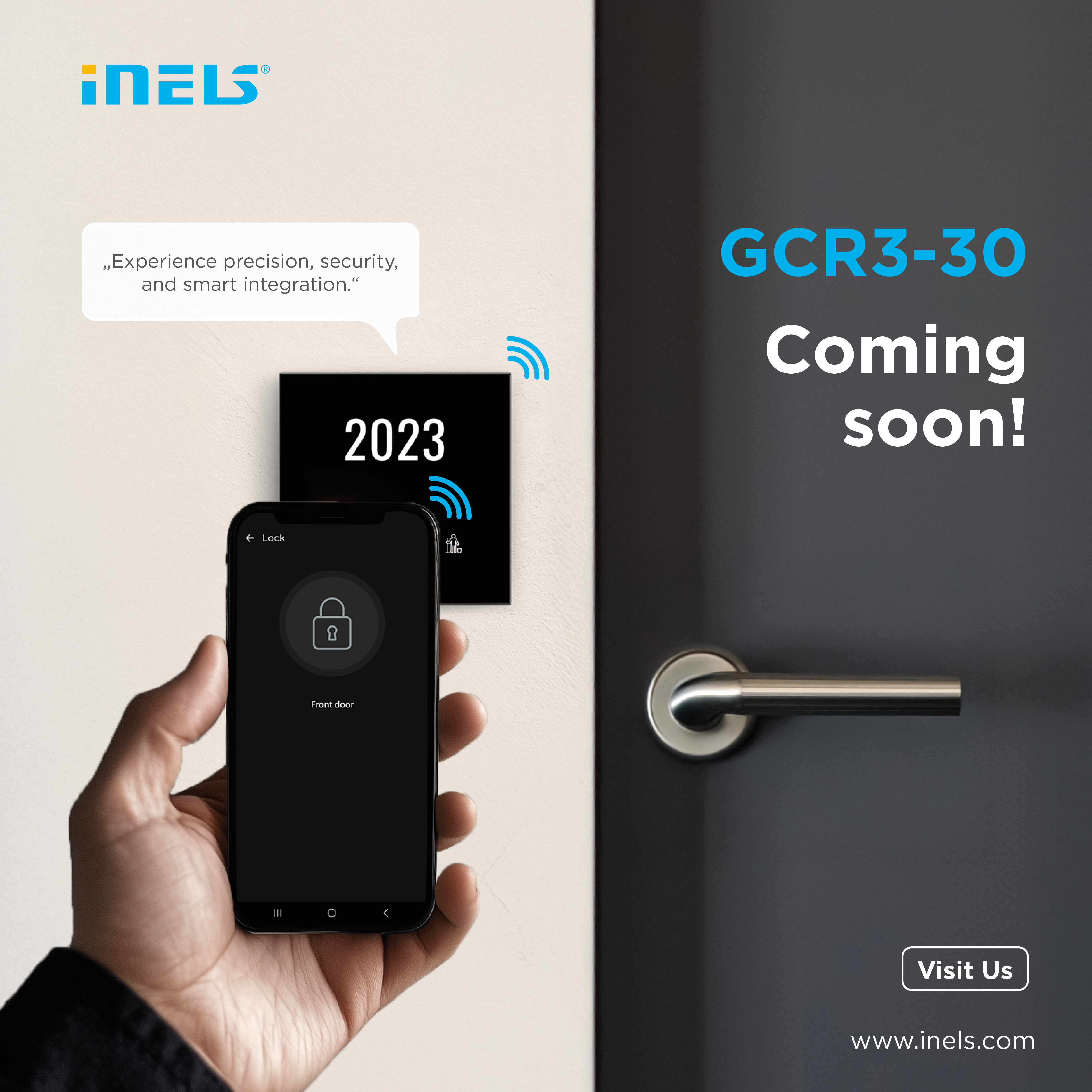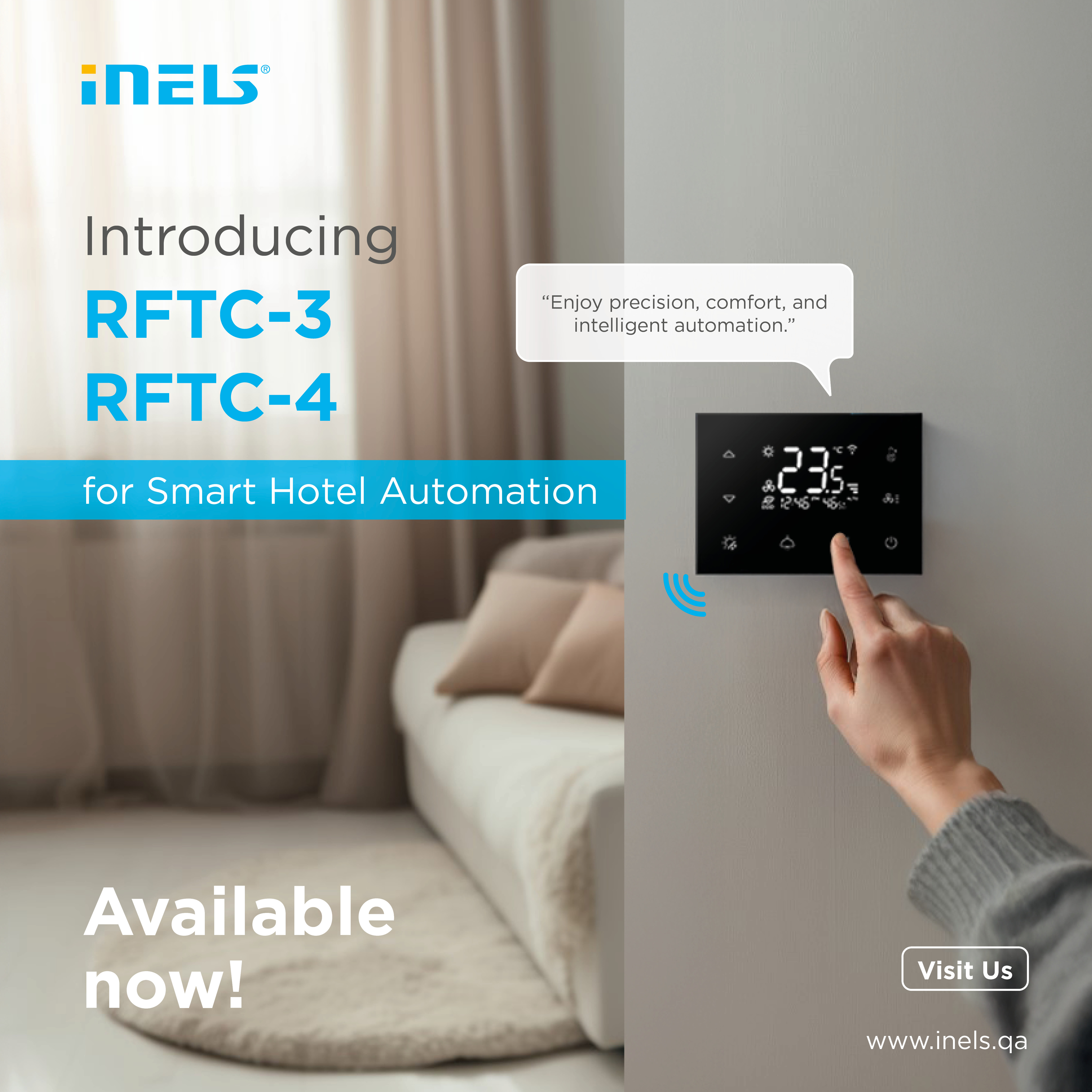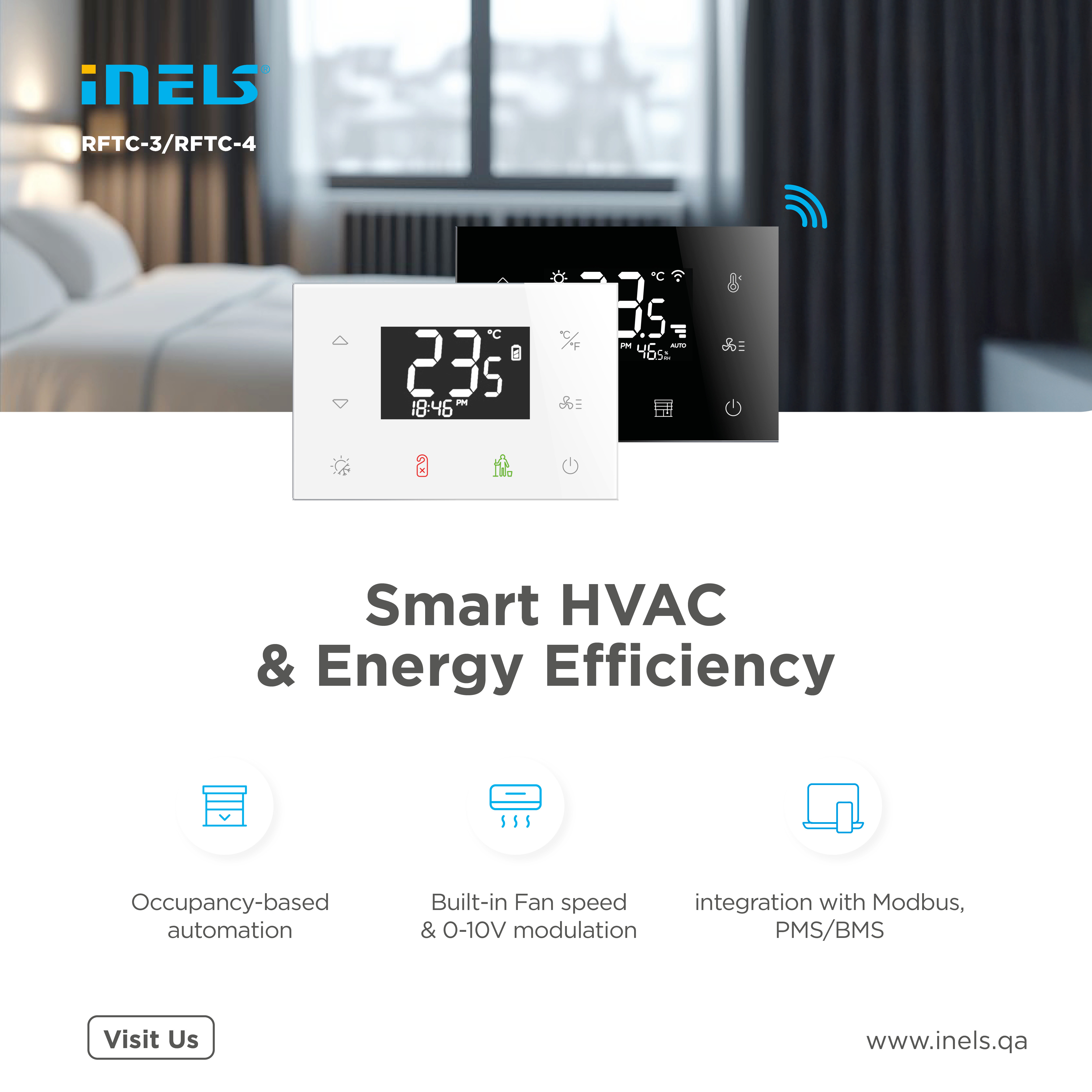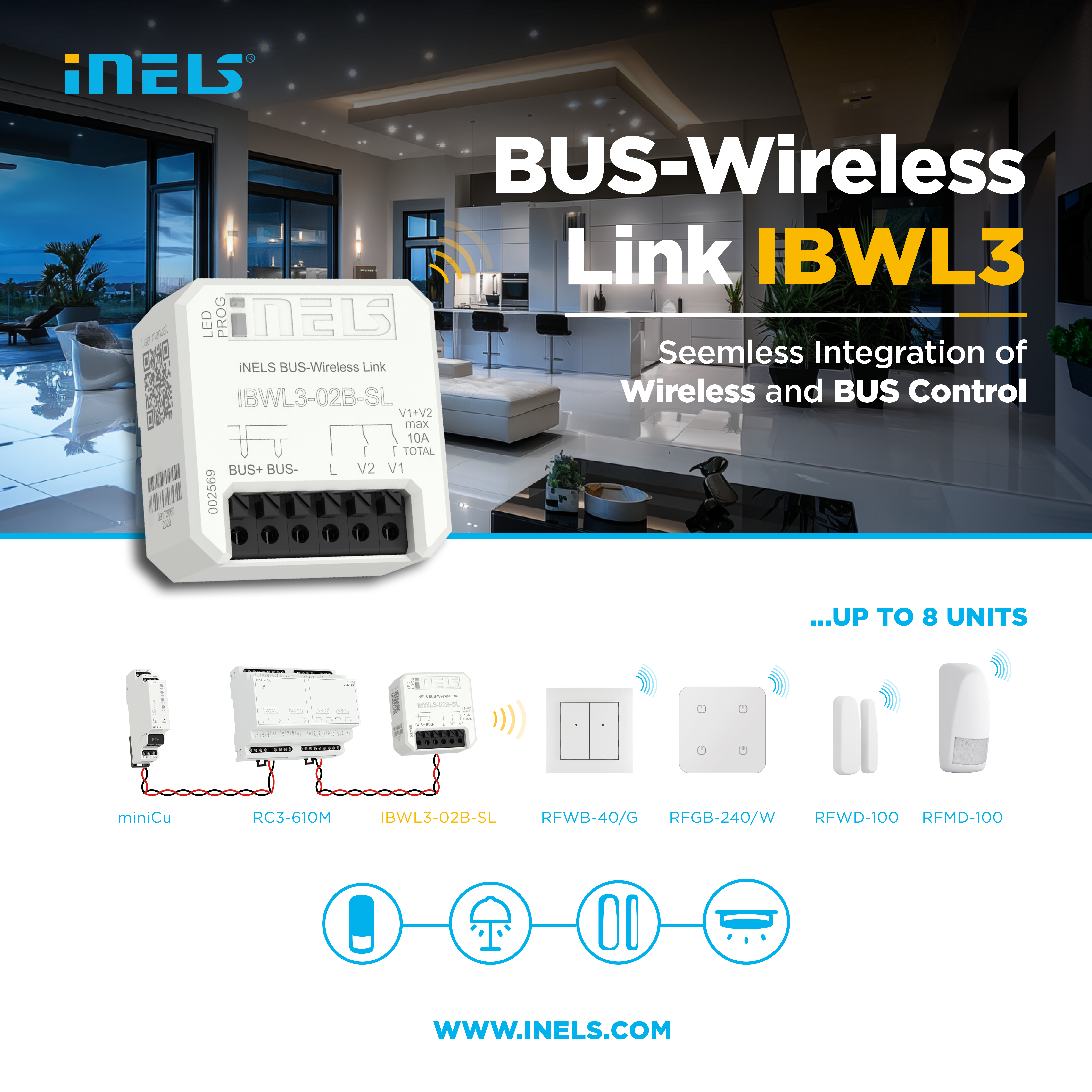
Bus System
Smart, scalable, connected.

Energy Management
Smart Optimization, sustainable savings.

App & Voice Assistant
Seamless control, hands-free convenience

Matter is here
Effortless connectivity, limitless potential

Wireless Tech
Seamless control, endless possibilities
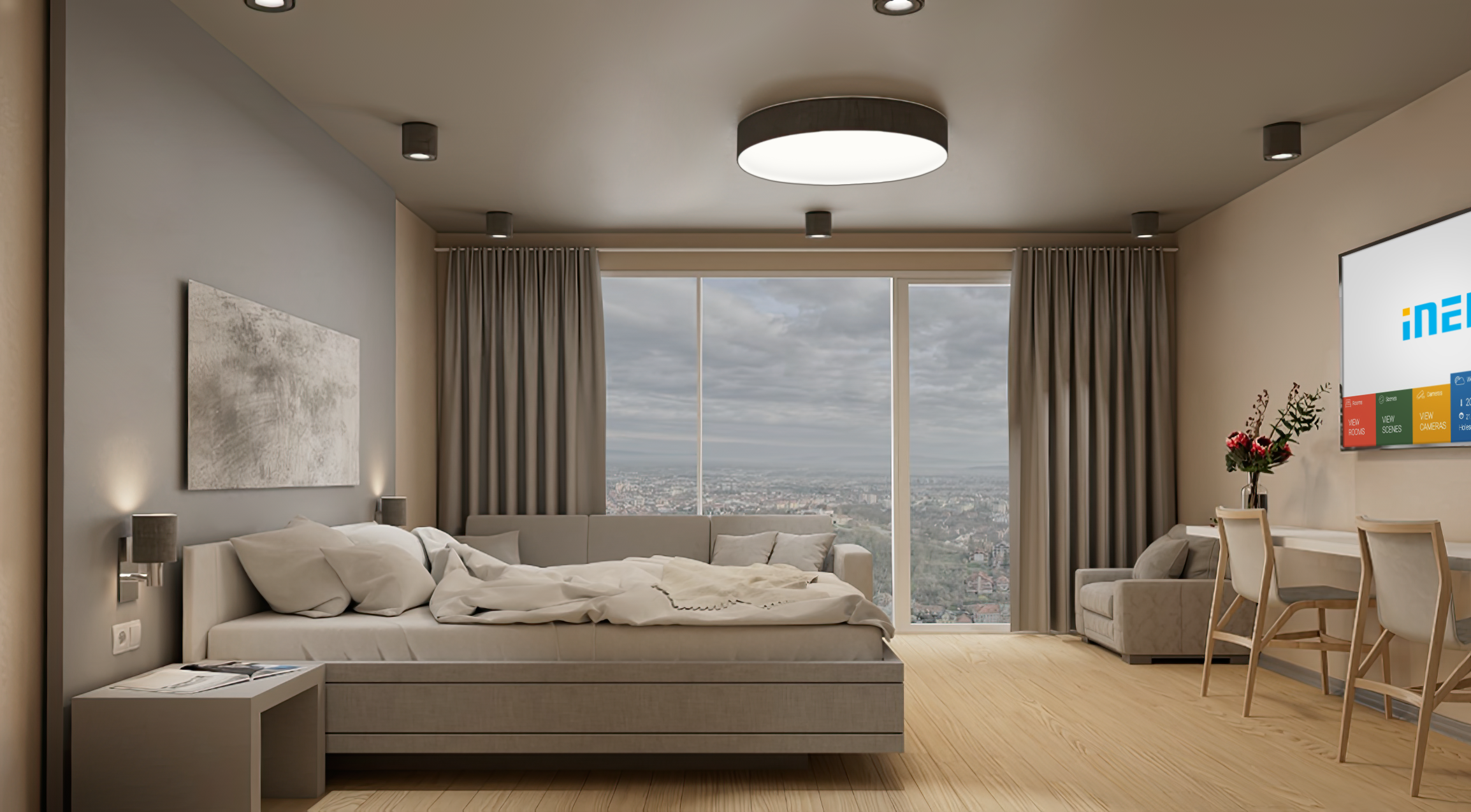
For Every Space
Custom automation for homes, hotels, and businesses.



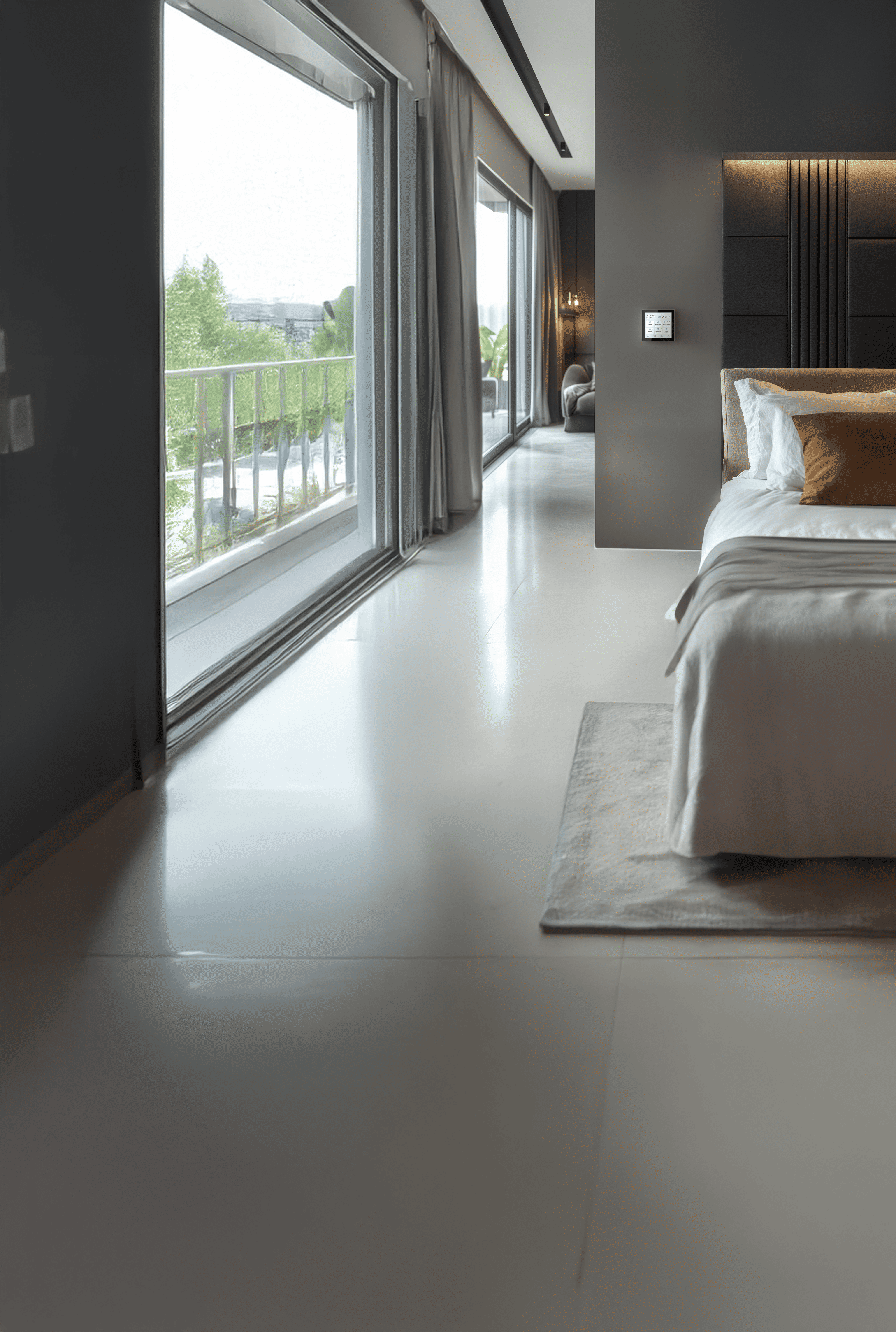

Products
Bus system
A wired automation solution designed for complex projects, offering stability and advanced control for large buildings.
explore
Products
Wireless
A flexible, easy-to-install system perfect for retrofitting homes and offices without rewiring.
explore
Products
Matter
A universal smart home standard that ensures seamless integration with Apple Home, Google Home, and other platforms.
exploreSee How it Works

“Choosing to implement iNELS systems in our hotel was truly a great decision. The control of temperature and lighting is so simple and convenient, ensuring our guests always have perfect comfort. Plus, iNELS helps us save energy and simplifies our daily management. We are extremely satisfied, and our guests appreciate it too!”
Marie Dupont,
Owner, France





News
Stay informed with iNELS.
.webp)
A bus system uses physical cables to connect devices along a shared communication line, offering reliable but less flexible connectivity. In contrast, a wireless system transmits data through radio waves, allowing greater mobility and easier installation but is more prone to interference. While bus systems are preferred for stability, wireless systems are ideal for flexible or mobile setups
A bus system uses physical cables to connect devices along a shared communication line, offering reliable but less flexible connectivity. In contrast, a wireless system transmits data through radio waves, allowing greater mobility and easier installation but is more prone to interference. While bus systems are preferred for stability, wireless systems are ideal for flexible or mobile setups
A bus system uses physical cables to connect devices along a shared communication line, offering reliable but less flexible connectivity. In contrast, a wireless system transmits data through radio waves, allowing greater mobility and easier installation but is more prone to interference. While bus systems are preferred for stability, wireless systems are ideal for flexible or mobile setups
A bus system uses physical cables to connect devices along a shared communication line, offering reliable but less flexible connectivity. In contrast, a wireless system transmits data through radio waves, allowing greater mobility and easier installation but is more prone to interference. While bus systems are preferred for stability, wireless systems are ideal for flexible or mobile setups

Let's


